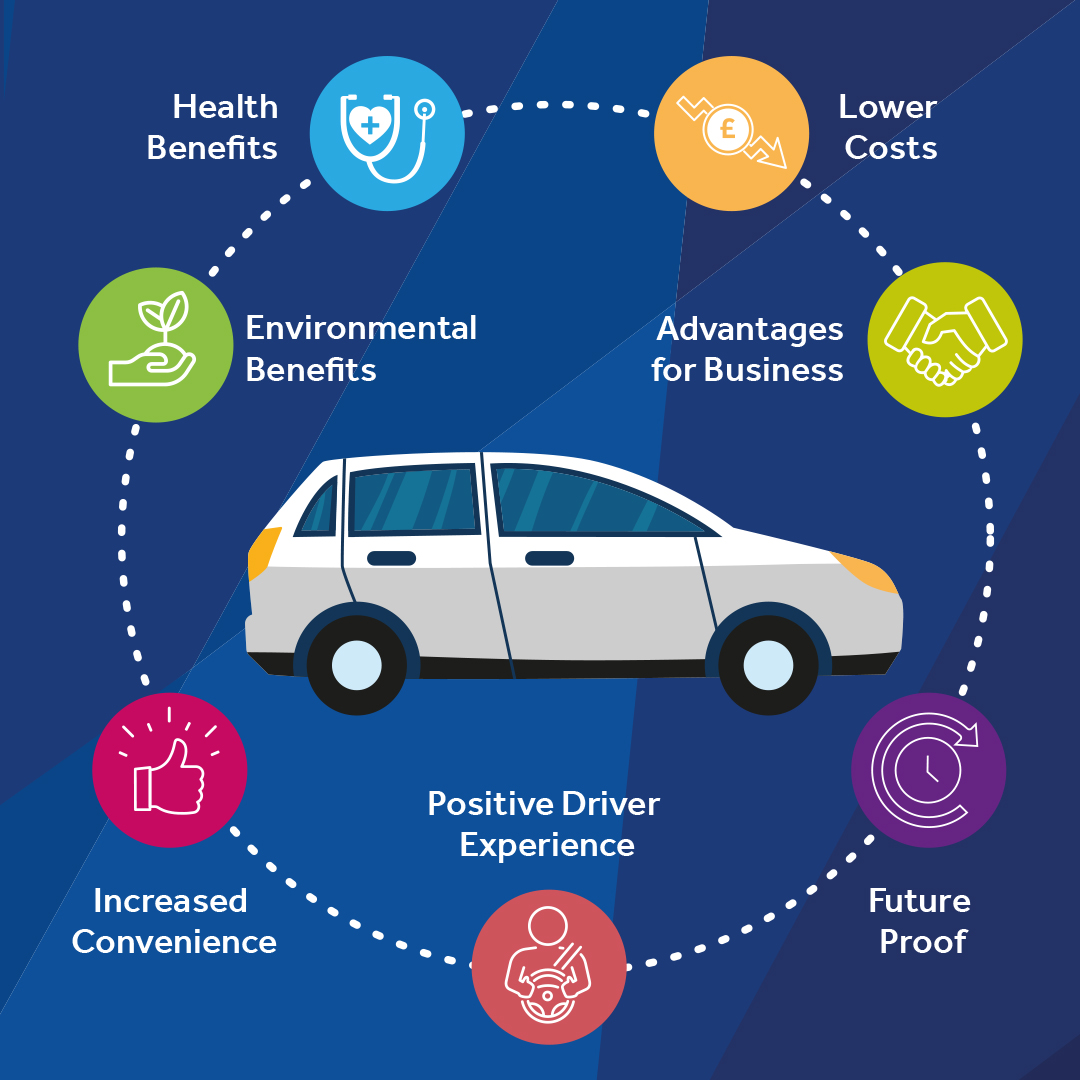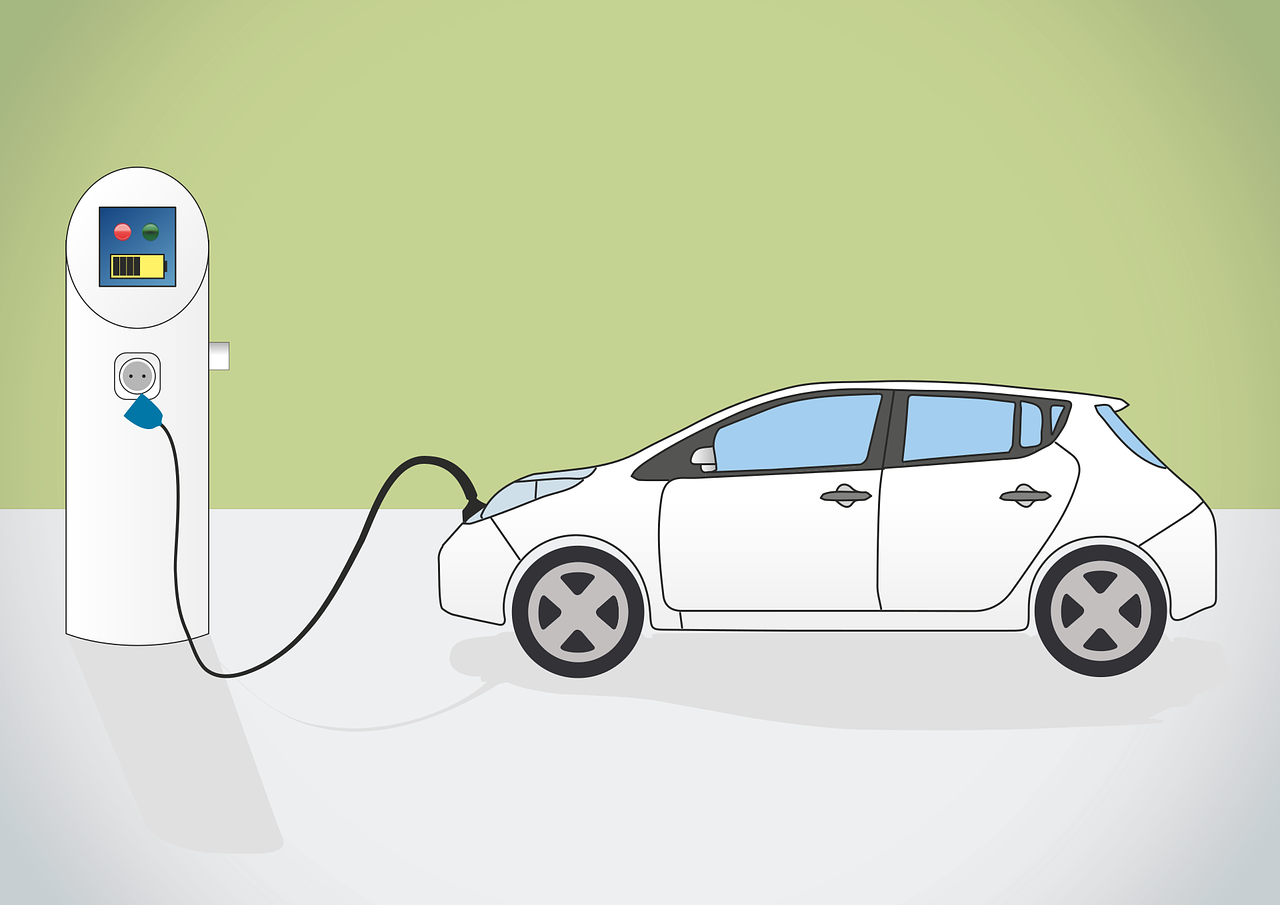Quality Suggests Security in Our Day-To-Day Lives
This morning, seven o’clock, Natasha is not feeling so well. PhD in engineering sciences, she is the youngest associated member of the Firm Smith & Associates. She has a full negotiation journey ahead. It was not easy to rest in bed with the amount of important points running around in her mind. The subject of negotiation is a large contract for the design of a ten-story building, considered essential for her Firm.
She knows that the first thing to assess this morning is her physiological and mental condition. She switches on the HPSS (Health Parameter Sensory Scanner), seats in the chair of the machine and waits several minutes until the green light indicates the end of the scanning process. She is in good shape, some stress sensation due to the big responsibility on the important contract to negotiate, nothing to worry about. Next step is to switch on the PC, run the program PAMT (Psychoanalytical and Mental Test) and answer a battery of questions. The result shows the need of some resting in order to be in optimum mental condition. Prescription: either an hour resting or a pill of “Prozac”. She has no time; she takes the pill.
After a small breakfast she is ready to drive her BMW. The VACC (Vehicle Analysis and Car Control) was programmed by Natasha the night before, for the purpose of being sure that every single car subsystem is in good shape and ready for the trip. VACC switched on the heater some time earlier, the engine on time, cleaned the shield and windows, checked every level of the car fluids, and tested the safety devices. The BMW is in perfect condition.
Today is January 15 of 2023. Natasha requests information about her trip using the CNSS (Communication Navigation and Safety System). The present traffic in the area where she lives is relatively fluent, the trip between Natasha’s home and the company, in downtown, can take 34 minutes. The streets on the way to go are clearly marked in the GPS map, two alternatives are possible in case of jams. At the convenient corners Natasha will be advised of possible changes.
Natasha has decided to maintain control of the car driven system. Once and a while the screen connected to the CNSS, request slowing or increasing speed. A security distance with the cars surrounding Natasha’s BMW is essential. The system advises also of the best lane to drive at every moment for the most efficient, faster and secure trip. At some point in time the CNSS announces at the screen a small accident in one street Natasha is supposed to take. Few seconds later the screen is showing her an alternative itinerary. At exactly the programmed time Natasha is seating in the meeting room ready to negotiate the contract for the design of the ten-story building. Her physical and mental conditions are OK. The contract negotiations are a full success for the Firm Smith & Associates.
This little history is certainly fiction, but we have no doubt it, can become reality. The systems HPSS, PAMT, VACC and CNSS are pure invention and, as far as we are aware, they simply do not exist nowadays. But they can exist if the engineers in the 2020-decade design and develop them.
Is it any special reason for such designs? We are sure the present society is proud of the quality of life achieved today. The technology and the engineering associated with it have been used for improving our quality of life for many years until now. It seems that nobody questions such statement.
The engineers that designed, developed, and build roads, bridges, machines, surgery devices, cars, airplanes, ships, computers, antennas, satellites, houses, irrigation systems, methods for analysis, control tests, and a very long etc., created an environment much more comfortable today than the one of our parents. Years ago, it was not possible to maintain a global communication anywhere with anybody, it was difficult and cumbersome to travel far from home, many people died from illness which today can be easily fixed with few pills or a simple surgery, many houses had no air-conditioning and all kind of utilities to make our life easy as today, etc.
But there is no doubt that the most precious good we have is, in fact, our own life. If we cannot have security to maintain it, we loose a great deal of quality, no matter for how many excellent achievements we are surrounded.
“Quality Suggests Security in Our Day-To-Day Lives”
This is one of the most important messages we would like to transmit to the next generation of engineers, and to all humanity in general. In year 2030 the goal should be to have as many devices and methods as to make sure our lives are adequately protected.
Life security and defence, by individual or collectively, must be, in our view, one of the first requirements in the quality of life concept.
But, which are the risks that can affect our lives today? First lets analyse the collective security, trying to predict in some way the next future. Terrorism is clearly a collective threat for our lives. This threat is real and it is not new. Some years ago it was not so evident for many people in the world, but at the end of the Cold War and with the ideas of some radical religions preaching for immolation of their own lives, have produced the evidence of a dramatic, collective risk. Remember the terrible events of September 11/ 2001, in New York and 26/11/2008 in Mumbai.
These collective threats, as terrorism, are aggravated for two main reasons. First is the possibility of using weapons of massive destruction as nuclear, bacteriological and chemical. Second the societal vulnerability which is now more evident than before with the vital points in the critical net of the informatics systems required for the survival of a country.
The authorities of most of the developed countries in the world agree upon a series of points, which are essential for fighting terrorism:
- Under no circumstance it can be accepted. No reasons can justify it, not even the fight for the independence of a country.
- It is very important to identify clearly each concept of terrorism, marking the borders under which they move. The international organizations such as the United Nations, European Union, as well as the national entities, must develop acts and laws sufficiently strong against terrorism.
- It must be clear for the terrorist that no negotiation is possible. The best possible strategy is to foresee it, to protect against it, and to fight it. In this line engineering can collaborate in the design, development, build up and use of the necessary devices and methods for improving the protection of the society.
- Some roots of terrorism (poverty and strong differences in the quality of life in the world) must be addressed. Fighting against them is also a way of fighting terrorism.
- One of the big difficulties in the fight against terrorism is the difficulty in identifying the enemy. In fact he can be your neighbour. He can be somebody taken peacefully the same bus, train or plain as you. He can be someone seating in the cafe, theatre, public library or museum as you. Can you imagine the importance of designing and developing a system able to detect the potential threat with sufficient time to abort the terrorist action?
This type of ideas, designs and developments based on the new technologies, which will surely be available the next decades, is what the humanity is expecting from the scientists and engineers. From our point of view it is difficult to imagine a young generation of students not feeling attracted for these kind of challenge. In fact we are sure that something similar to what attracted our generation for the space developments or the protection of the environment, would happen now and next years in the generations that are now in high schools and universities.
There are other collective threats and risks, sometimes less evident than terrorism, but in many cases related with it. The international economic risks, mafias, drug traffic and, in general, international delinquency, which volume and importance has increased up to destabilizing levels in the international market. The big gap between the rich and the poor, the first every day more and more rich and reduced in percentage of the world population, the second more numerous, poor, with no stability, making almost impossible new investments in their countries.
The engineers have a lot to do in order to avoid these insecurities. The new achievements in services and goods for the improvement of the quality of life in the poor countries, the research in sustainability of energy resources and the protection of the environment, will be essential in the next years to come.
As we said earlier, we owe a great deal of our present quality of life to the new technological developments and the engineering of our environment. But these developments have also some risks for our lives and goods. One good example is the “cybernetic risks”. Some authors are talking about the “war of informatics” in which they see the possibility to annihilate or even destroy the resources of a society, blocking the essential services of a city, region or even a full nation, using a cybernetic attack. This risk has a lot to do with the engineers; only the persons well trained in engineering can do it. But for the same reason the engineers are responsible for the actions and developments required in order to foresee, reduce or even avoid completely these risks.
It is easy to imagine a long list of collective and personal risks that are present today due to the use of the technological developments and the machines and constructions of engineers. There are risks crossing a bridge, driving a car, travelling in a tunnel, sailing on a ship, or flying on an airplane. There are risks working in a factory, in an oil-drilling field, in a hospital, in the twentieth floor of an office building, in a drug shop, or at the home kitchen. In addition, the babies, children, elder and handicapped people have risks related with their unique status.
Having said the above, is there anything in common to all the risks that could be used for the design of a new personal security system? We believe the correct answer is yes, they are risking the human life, the same quality of life that most of the technological developments and engineering machines and constructions are trying to improve.
With imagination (something that the young engineers and scientists have in plenty) new technologies as nanotechnology, new materials with memory, ultrahigh sensitivity sensors, and some economic help, it is not difficult to predict that some new personal security system, based on the subject to protect instead of the particular risk to avoid, could be designed and developed by the engineers of the next two decades.
In conclusion, the principle on which the engineers base their activities is the most adequate utilization of the new technologies. They must understand and be conscientious that they are responsible, in large measure, of how the new society is going to be configured. For this reason, they should try to achieve a future in which the risks are reduced and the security is increased, something contributing to achieve a better quality of life. The engineers have a very noble profession.
latest video
news via inbox
Nulla turp dis cursus. Integer liberos euismod pretium faucibua








